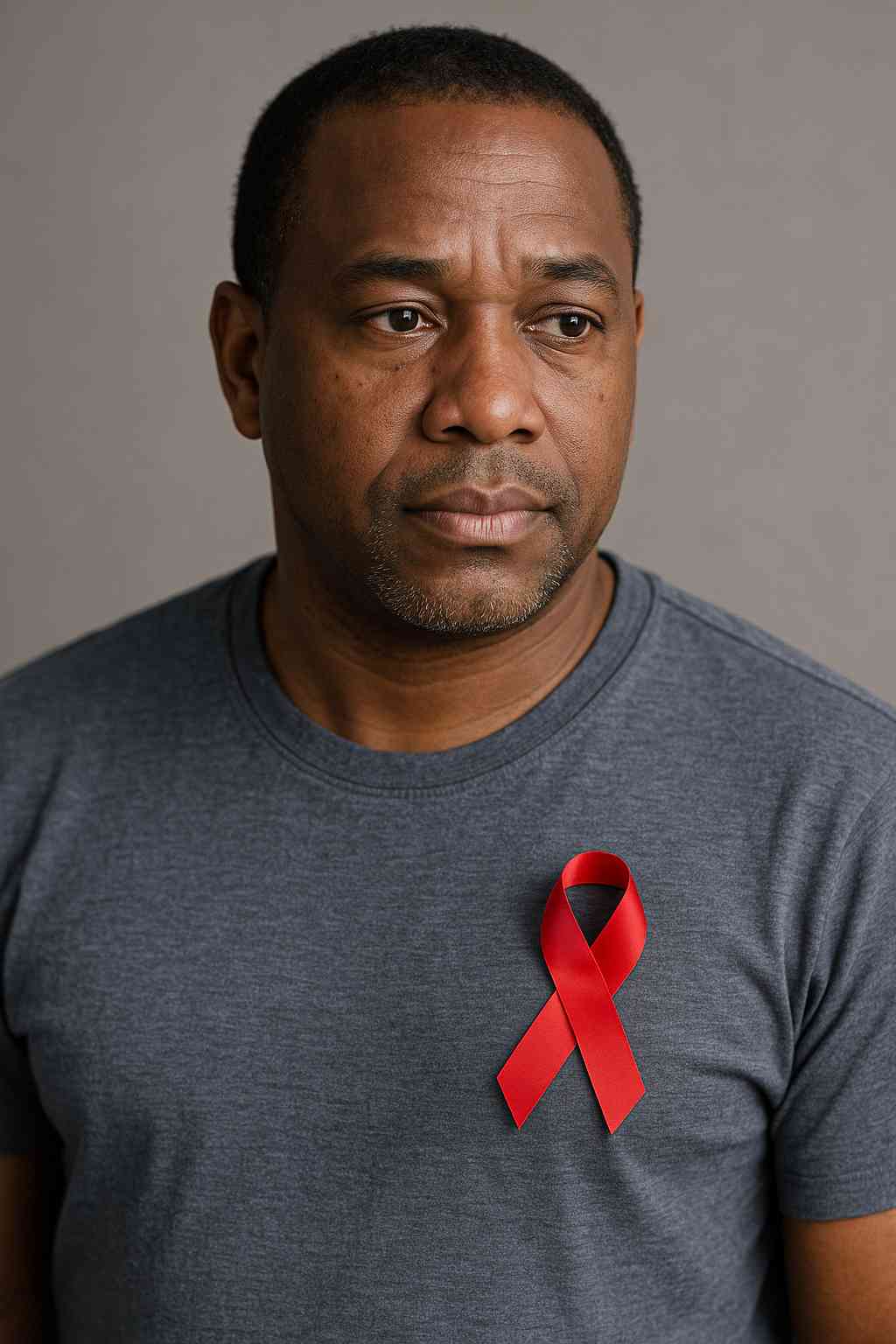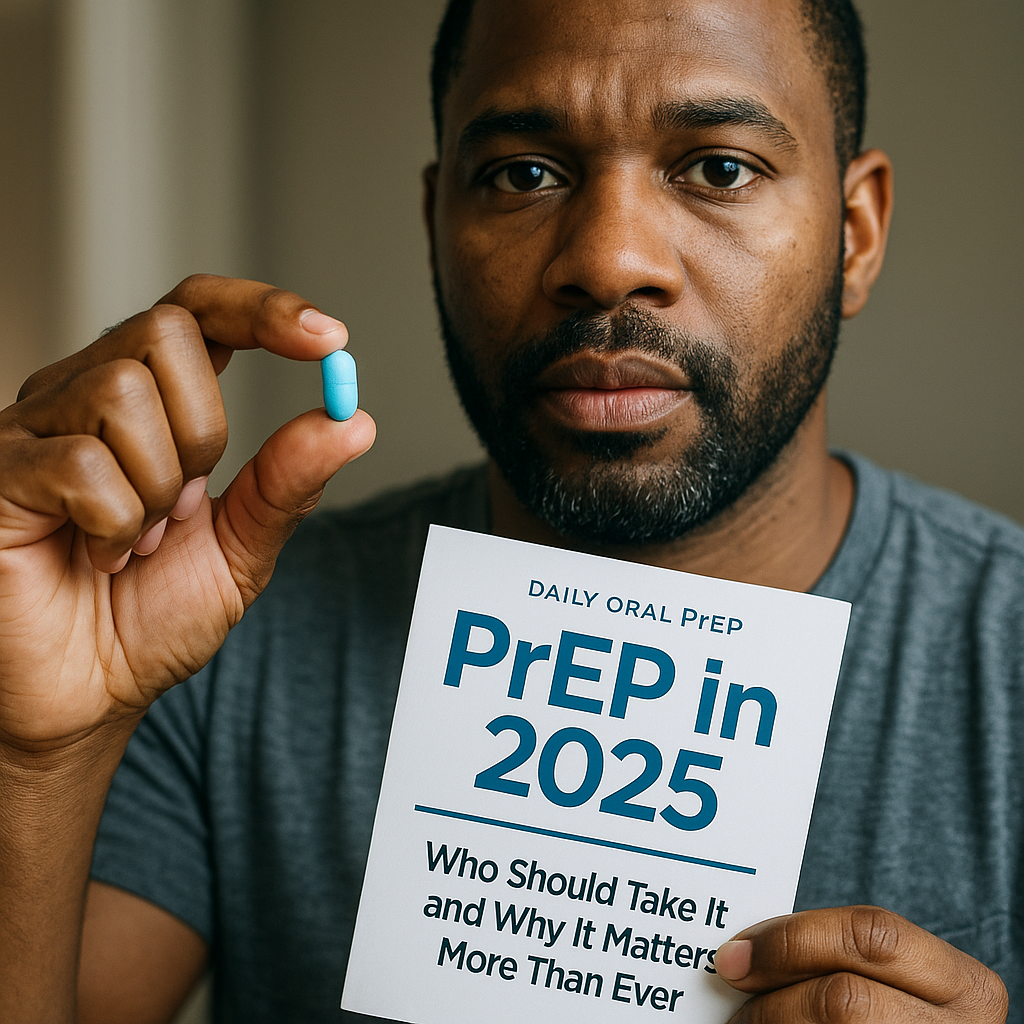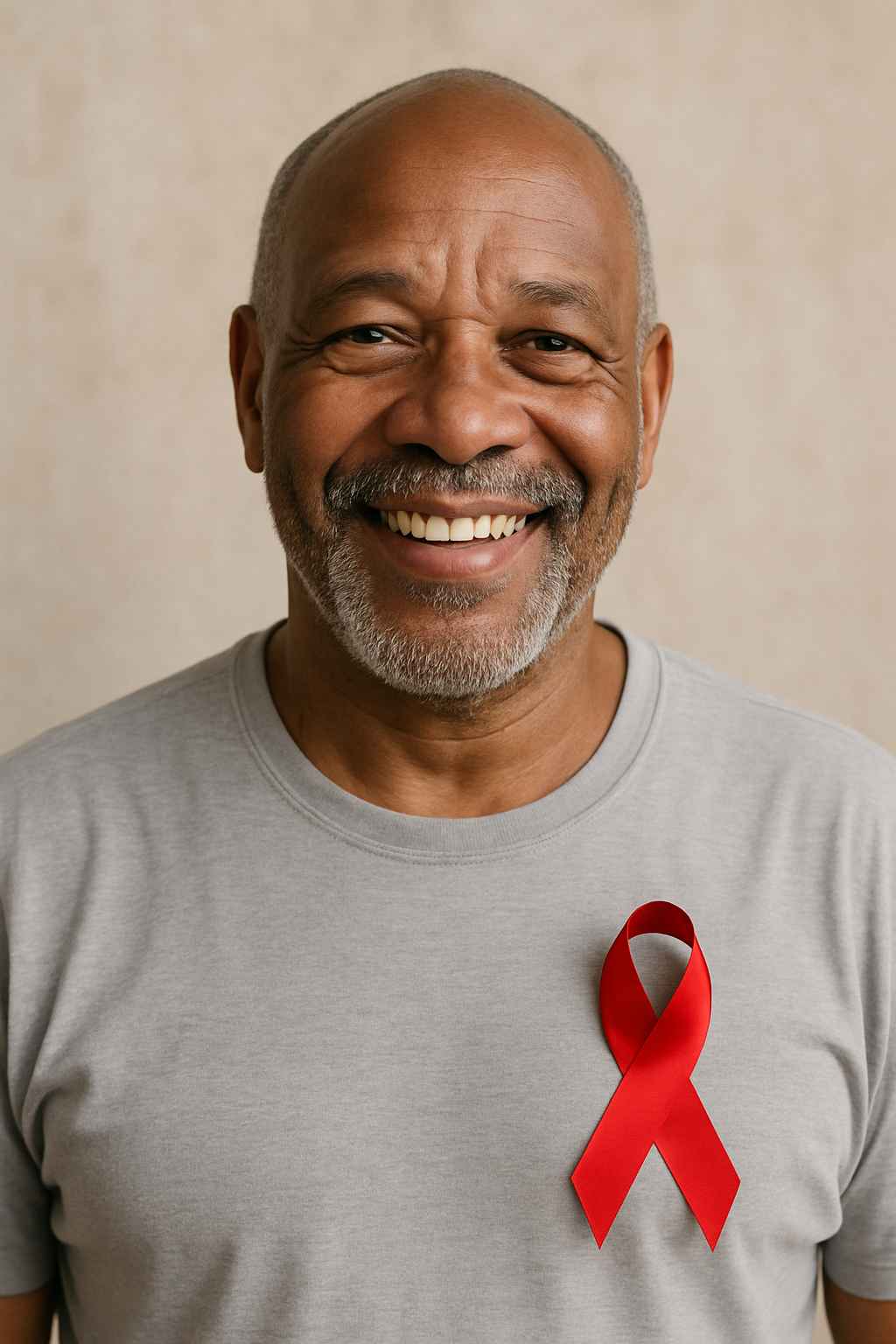
For decades, an HIV diagnosis was synonymous with fear, isolation, and uncertainty. Today, the narrative is changing. Thanks to groundbreaking medical advancements, people living with HIV can lead long, fulfilling lives. But what does this mean in practical terms, and where is the most hope emerging? The answer lies in new treatments, greater awareness, and the growing possibility of an HIV-free future.
Table of Contents
- Breakthroughs in HIV Treatment and Prevention
- Living Well With HIV: Tools and Support
- Ongoing Research: Toward a Cure
- Community and Advocacy in the Fight Against HIV
- Conclusion
- FAQs
Breakthroughs in HIV Treatment and Prevention
Modern medicine has dramatically transformed the outlook for people diagnosed with HIV. Antiretroviral therapy (ART), particularly single-tablet regimens like Biktarvy and Dovato, allows patients to manage the virus with greater convenience and fewer side effects. These medications suppress the virus to undetectable levels, which not only improves immune function but also eliminates the risk of sexual transmission. This is the foundation of the U=U (Undetectable = Untransmittable) movement.
In recent years, long-acting injectable treatments have expanded options even further. Cabenuva, administered monthly or bimonthly, has revolutionized care for those who struggle with daily pill routines. Such treatments improve adherence and reduce stigma, especially for individuals juggling multiple medications.
Prevention has also taken center stage. Pre-exposure prophylaxis (PrEP) has proven highly effective in reducing the risk of HIV infection for at-risk individuals. Options like Apretude, the first long-acting injectable PrEP, offer protection for months at a time, making it easier for people to stay protected without a daily pill. According to the CDC, when taken as prescribed, PrEP reduces the risk of getting HIV from sex by about 99%.
Living Well With HIV: Tools and Support
An HIV diagnosis today does not mean life stops. Instead, it signals a shift toward long-term health management. With proper care, many individuals with HIV experience lifespans comparable to those without the virus.
Lifestyle choices play a major role. A balanced diet, regular exercise, and mental health support can enhance treatment effectiveness and quality of life. Moreover, people living with HIV are encouraged to stay engaged with their healthcare providers for routine lab monitoring, vaccine updates, and preventive screenings.
Technology is making a difference as well. Digital health apps and virtual care platforms enable real-time monitoring, medication reminders, and easy access to healthcare teams. For example, apps integrated with telemedicine allow for quick adjustments in treatment plans without visiting a clinic. These tools have become especially valuable for patients in rural or underserved communities.
Social support remains a critical pillar of care. From peer groups to national advocacy networks, people living with HIV are no longer alone. Online forums and local chapters provide emotional support, practical advice, and a sense of belonging. For more insights and inspiring patient stories, explore the AIDS.org blog.
Ongoing Research: Toward a Cure
Although treatment has reached impressive levels of effectiveness, the global scientific community remains focused on finding a cure. Various promising approaches are under investigation.
One such area is gene editing. Researchers are exploring CRISPR technology to modify the DNA of immune cells and eliminate HIV reservoirs. Early trials show potential, but challenges remain in reaching and removing every latent cell. Another exciting development involves broadly neutralizing antibodies (bNAbs), which aim to target diverse strains of the virus and prevent rebound after treatment interruption.
Therapeutic vaccines are also in development. Unlike preventive vaccines, these aim to teach the immune system to control HIV without daily medication. While we are not there yet, preliminary studies suggest that an immune-based cure may eventually be possible.
Funding and global collaboration remain essential. Institutions such as the NIH and the Gates Foundation continue to support cutting-edge research. At the same time, patient participation in clinical trials provides the real-world data necessary to accelerate progress.
For more information about our mission, visit AIDS.org’s resource page.
Community and Advocacy in the Fight Against HIV
Medical advances mean little without access, education, and advocacy. For this reason, the role of community organizations, policymakers, and patient advocates has never been more vital.
Efforts to expand healthcare access for underserved populations have led to increased HIV testing and earlier diagnoses. Mobile testing units, free clinic programs, and telehealth initiatives are helping to close the gap in care.
Stigma remains a persistent barrier. Despite public health campaigns, many people with HIV still face discrimination in healthcare settings, workplaces, and even their own communities. Advocacy efforts like National HIV Testing Day and World AIDS Day help raise awareness and challenge misconceptions.
Furthermore, legislation supporting privacy, access to medications, and protection from discrimination continues to evolve. Activists are instrumental in shaping these policies, ensuring they reflect the needs of those most affected.
Finally, education plays a central role. Comprehensive sex education, youth outreach programs, and digital campaigns help ensure that the next generation is informed, empathetic, and empowered. For those needing medical guidance or referrals, platforms like Healthcare.pro offer essential support.
Conclusion
The journey with HIV today is profoundly different from decades past. Thanks to innovation, advocacy, and support, individuals with HIV can envision a hopeful, healthy future. While challenges remain, so does the collective will to overcome them. With continued investment in treatment, prevention, and education, the vision of an HIV-free world may one day become reality.
FAQs
Can HIV be cured today?
No, there is currently no cure. However, treatments can suppress the virus to undetectable levels and prevent transmission.
What is the latest treatment for HIV?
Long-acting injectables like Cabenuva and monthly PrEP options like Apretude are among the newest advancements.
Can people with HIV live normal lives?
Yes, with proper care and adherence to treatment, people with HIV can live long, healthy lives.
How effective is PrEP in preventing HIV?
When taken as prescribed, PrEP is up to 99% effective in preventing sexual transmission of HIV.
Is HIV still a public health threat?
Yes, but with increased testing, treatment, and awareness, the threat is being significantly reduced.
“This content is not medical advice. For any health issues, always consult a healthcare professional. In an emergency, call 911 or your local emergency services.”



